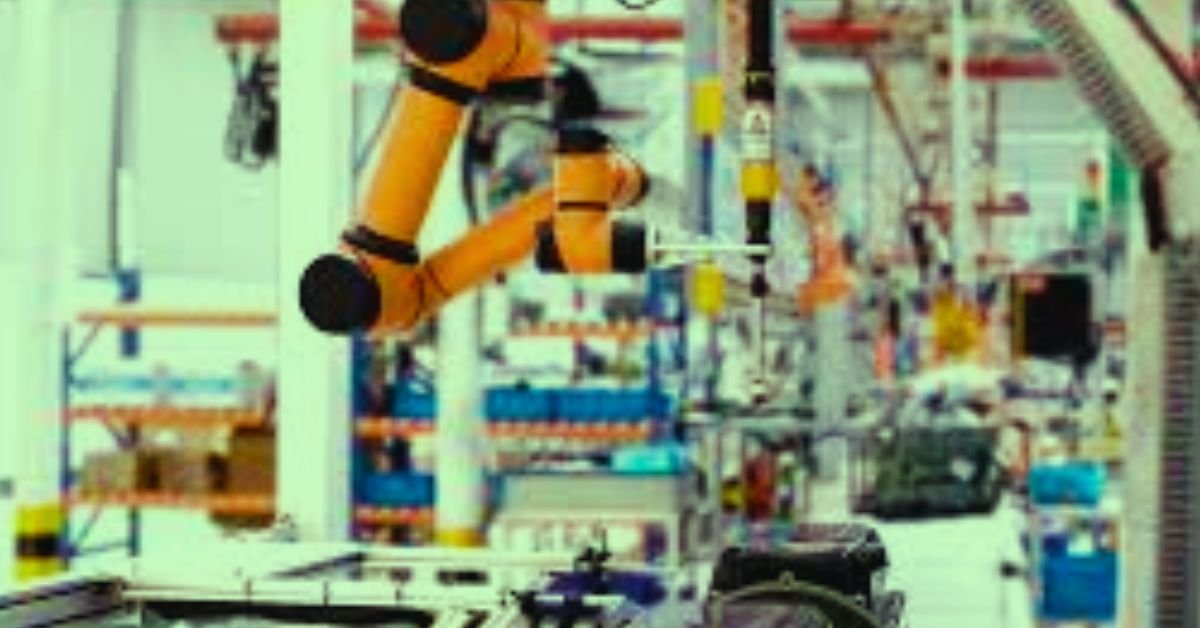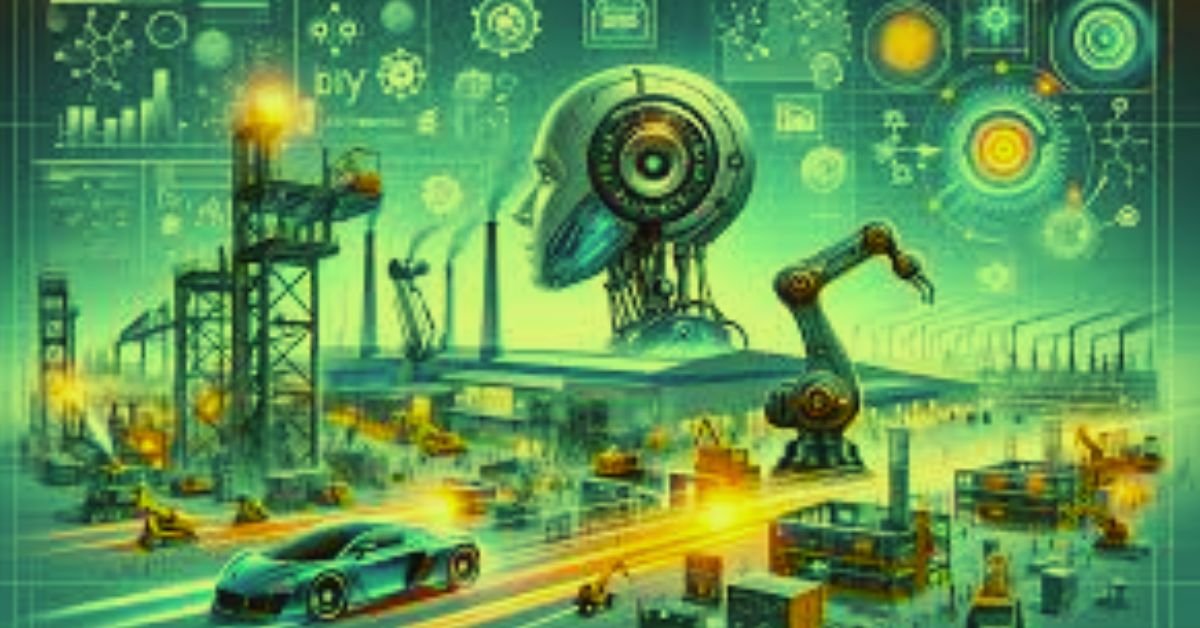Agriculture, a vital sector for feeding the global population, is undergoing a transformative change. As the world grapples with challenges like climate change, labor shortages, and increasing demand for food, technology is stepping in to provide solutions. One of the most exciting innovations is the advent of agricultural robotics. These machines, designed to automate various tasks traditionally carried out by humans, are enhancing efficiency, improving sustainability, and reshaping the future of farming.
Early Beginnings: The Introduction of Automation in Agriculture
The journey of agricultural robotics began in the mid-20th century when the first attempts to automate simple farming tasks were made. Early innovations focused on machinery that could handle basic operations like plowing and harvesting. The introduction of tractors and combine harvesters marked the beginning of mechanization in agriculture, significantly reducing the need for manual labor.
However, the concept of robotics—machines designed to perform specific tasks autonomously—began to take shape only in the late 1990s and early 2000s. The initial focus was on improving existing machinery and making them more efficient. With the rise of sensors, computer vision, and artificial intelligence (AI), the capabilities of agricultural robots evolved rapidly.
The Rise of Precision Farming
The 21st century witnessed the rise of precision farming, a practice that uses technology to monitor and optimize crop production. Robotics played a crucial role in this shift. Robots equipped with advanced sensors and AI algorithms began to take on tasks like planting, weeding, and crop monitoring. These robots could detect issues such as pests, diseases, or nutrient deficiencies in real-time, allowing farmers to respond quickly and effectively.
For example, autonomous weeding robots like the “EcoRobotix” and “Naïo Technologies” help reduce the reliance on chemical herbicides. By precisely targeting weeds and removing them mechanically, these robots minimize the environmental impact of farming while reducing costs for farmers. The integration of GPS technology also allows these robots to work with high precision, optimizing their tasks and reducing waste.
Key Advancements in Agricultural Robotics
Several technological advancements have fueled the growth of agricultural robotics. These include:




